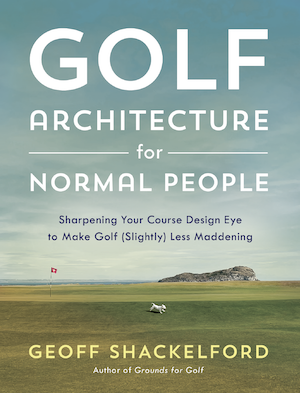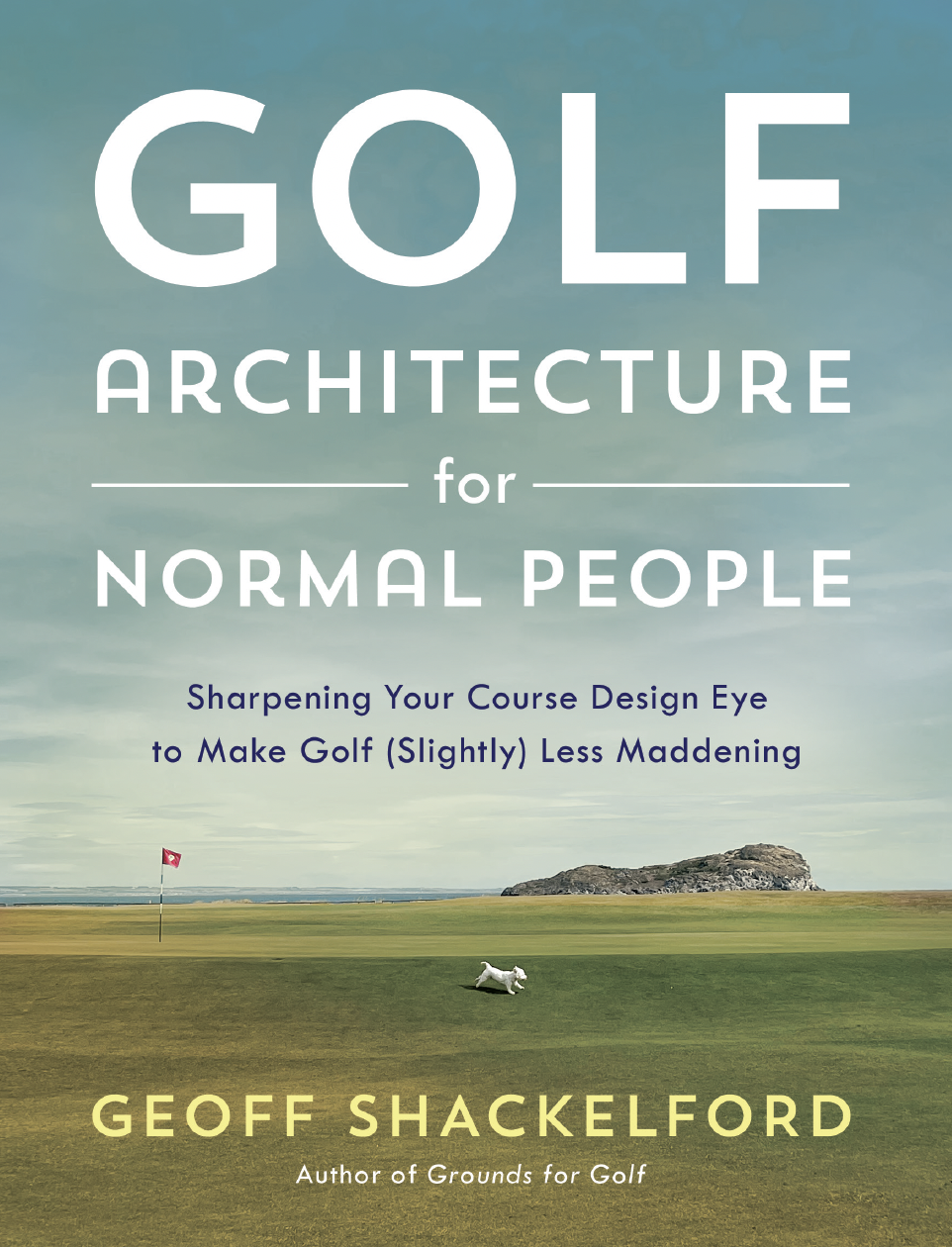Pick any costly, suboptimal golf trend and the origins inevitably can be traced to professional golf.
Certainly, the ties between the recreational and the professional games give those who identify as golfers plenty to enjoy. And those ties also explain how a couple million people can stay awake watching some telecasts that would induce sleep in an Adderall addict.
Naturally, there is some connection between the recreational and the professional game to be valued, maintained and respected. That tie is mutually beneficial. But to let the professional game dictate the direction of the sport is problematic at best.
Consider this: after the worst of this pandemic has passed, what are you most excited about? Taking out the clubs and playing golf, or watching a professional event? I can run a poll just to see if sitting inside and watching more golf on TV over getting outside and playing reaches 10%.
From an economic perspective, what generates more jobs, stability and community accord? The recreational side could lay up on all the par-5’s and still win that one 9&8.
Nearly every unsustainable trend in golf history has been fueled by attempts to replicate professional characteristics (green speed, bunker primping, 7000 yards) or to shape rules around the needs of the pro game (see the lack of bifurcation or rules simplicity). While the contradictory needs of the daily and pro games have long presented issues, something seems different these days. A shift toward prioritizing elite level golf feels like it’s never been more profound or oddly desperate.
The very best certainly deserve our admiration. They sometimes inspire people to take up the sport. As golfers, we know there are few skills in all of sport more remarkable than the ability to play golf at a high level. We know this after seeing how foolish the sport has made some of the world’s greatest athletes look, even after they make valiant efforts to play competitively. Yet those superbly coordinated folks never quite master the sport or even look quite right swinging the club.
But the ability to play the game at a high level does not guarantee supreme privileges or wisdom. Appeasing a consortium of a few thousand at the (literal) expense of 25 million golfers, should not ever happen.
Notice how during this awful pandemic, it has been small golf companies that made efforts to give back along with governing organizations like the PGA of America, USGA and R&A who stepped up with funds assisting those losing work in the golf industry. The professional tours, however, have been noticeably quiet. Several players have stepped up on their own. Many others inevitably will because the game still produces above-average citizens who take pride in giving back. But in general, the Tours and those who run them have focused on themselves. These are member organizations with different priorities than the greater good.
From the early replies, I do not believe I’m alone in feeling this way. Reader Allen sent in this thought when learning of the game reset topic:
“Probably mentioned by others, but in the realm of economically (and by extension, environmentally) sustainable recreational golf facilities, I would hope that existing golf facilities and developers of them would lead the golfing public to realize that the elite competitive golf is not what is best for 99.99% of golfers or facilities. Clubs and public courses SHOULD NOT be 7K yards long, have 100 bunkers with pure white sand, greens running at 11+ on the Stimpmeter, and lush green grass wall-to-wall.”
I’d include equipment rules that are outsmarted by manufacturers to help elite players while reaping price point benefits. If only the companies also increased efforts to create more forgiving or affordable equipment to serve the regular game? Remember, no law prevents manufacturers from making lower cost or more forgiving non-conforming equipment to “grow the game”. But they expect the rulemakers to grow their customer bases while battling the efforts to do what they deem best best for the game.)
The sport’s future health depends on shaking loose from the notion that everyday golf is an offshoot of the pro game. Take away the 25 million or so recreational players, and the pro game’s niche TV audience would disappear. But if every professional golfer retired tomorrow, the recreational game would march on unharmed and maybe even see more sustainable values take hold.
Professional golf, as great as it can be, is not Golf.



































